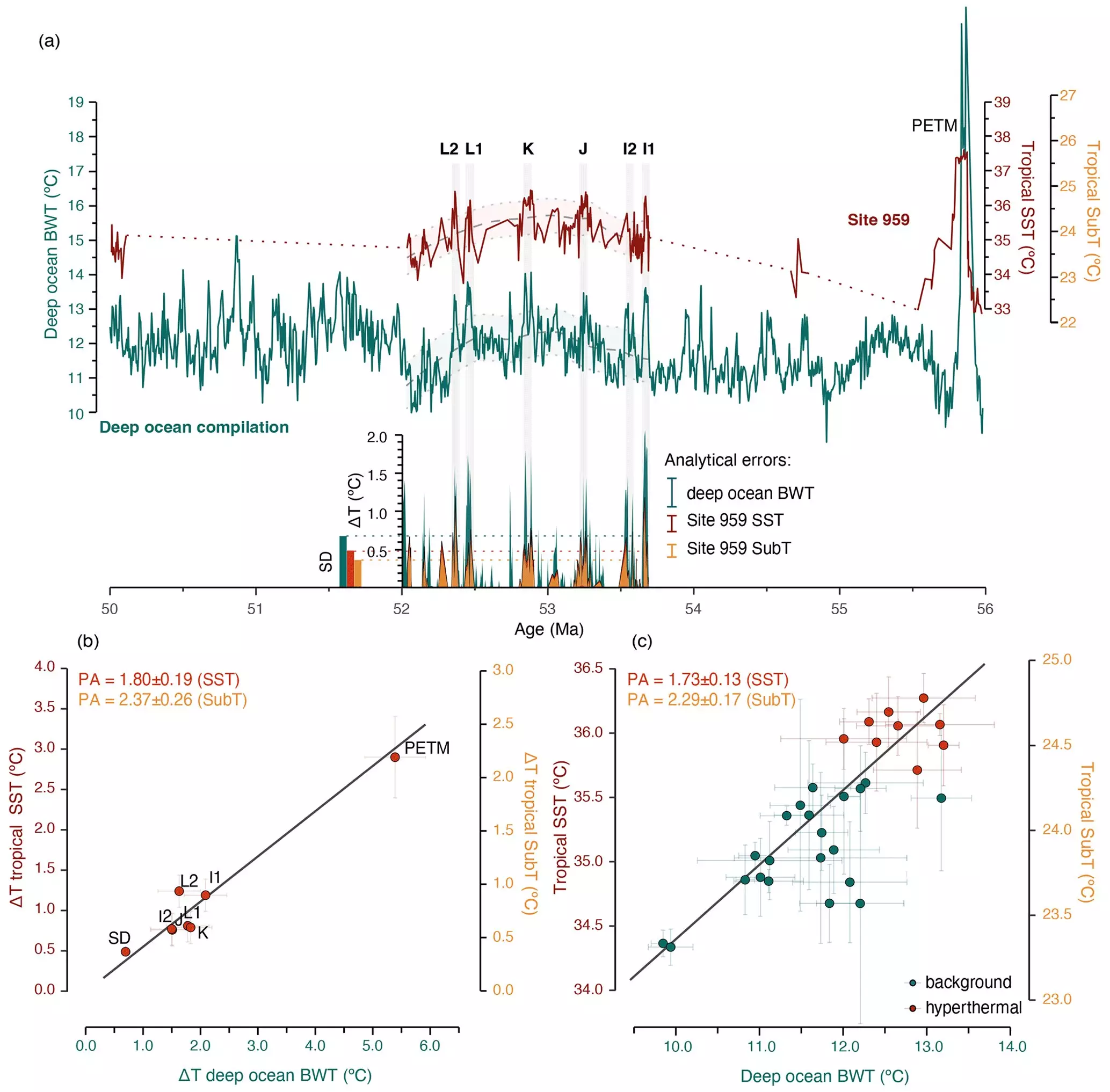The rapid warming of polar regions has become a pressing issue in the field of climate science. The Intergovernmental Panel on Climate Change has reported significant increases in air temperatures over Arctic land masses, with rates as high as 1°C per decade since the 1980s. This phenomenon, known as “polar amplification,” highlights the disproportionate warming at high latitudes compared to lower latitudes. The implications of this trend are far-reaching, affecting not only the ecosystems in polar regions but also global climate dynamics.
One of the key mechanisms driving polar amplification is the ice-albedo feedback. Ice, being ‘white,’ reflects incoming solar radiation, helping to regulate temperature and maintain ice masses. However, as the climate warms and ice melts, darker land and sea surfaces are exposed, absorbing more solar radiation and leading to further warming. This positive feedback loop accelerates the rate of ice melt and contributes to the overall warming of the polar regions.
Despite the significant impact of ice-albedo feedbacks, there are other factors at play in polar amplification. Changes in atmospheric moisture and cloud cover can also influence radiation dynamics in these regions, adding complexity to the feedback mechanisms. The relative contributions of albedo and atmospheric processes to polar amplification are still not fully understood, leading to uncertainties in predicting future warming and ice melt in polar regions.
To gain insights into the dynamics of polar amplification, researchers have turned to the geological record for clues. The Eocene period, approximately 48-56 million years ago, provides a valuable case study of a world that was largely ice-free. By studying temperature reconstructions from this period, scientists can assess the role of atmospheric processes in driving polar amplification without the confounding factor of ice-albedo feedbacks. Recent research has shown that variations in Earth’s orbit around the sun, known as Milankovitch cycles, played a significant role in amplifying global climate variability during the early Eocene.
In order to reconstruct past climate conditions with high resolution, research teams have developed innovative methods. By analyzing cell membrane lipid biomarkers from microorganisms, scientists can infer sea surface temperatures in tropical regions during the Eocene. These lipid molecules provide a record of ambient temperatures, allowing researchers to compare temperature variations between high latitude and tropical oceans during hyperthermal intervals. This approach has shed light on the global nature of temperature fluctuations and the influence of orbital forcing on carbon cycling in the atmosphere.
The insights gained from studying past climate trends have significant implications for future climate projections. By comparing the polar amplification factor observed during the Eocene with current climate models, researchers have found that existing models may underestimate the impact of warming in the Arctic and Antarctic. This discrepancy highlights the need for improved understanding of polar amplification to accurately assess the risks associated with permafrost thaw and ice sheet melting. The parallels between current warming trends and past hyperthermal events underscore the urgency of addressing polar amplification in climate policies and mitigation strategies.
The phenomenon of polar amplification poses profound challenges for both polar ecosystems and global climate stability. By unraveling the complex interactions between ice-albedo feedbacks, atmospheric processes, and orbital forcing, scientists can enhance our understanding of how polar regions respond to climate change. The lessons learned from studying past climate trends offer valuable insights into the potential trajectory of future warming and ice melt in polar regions. It is imperative that we address the uncertainties surrounding polar amplification and take decisive action to mitigate its impacts on the environment and society.


Leave a Reply